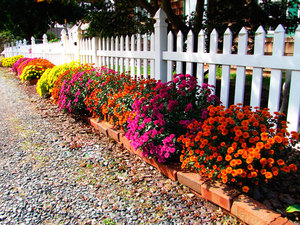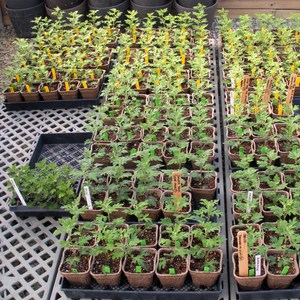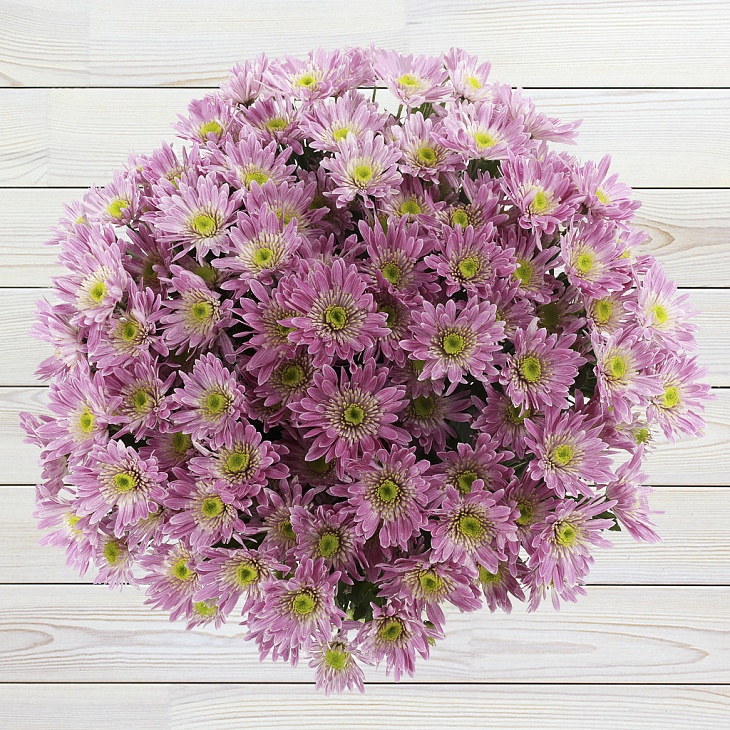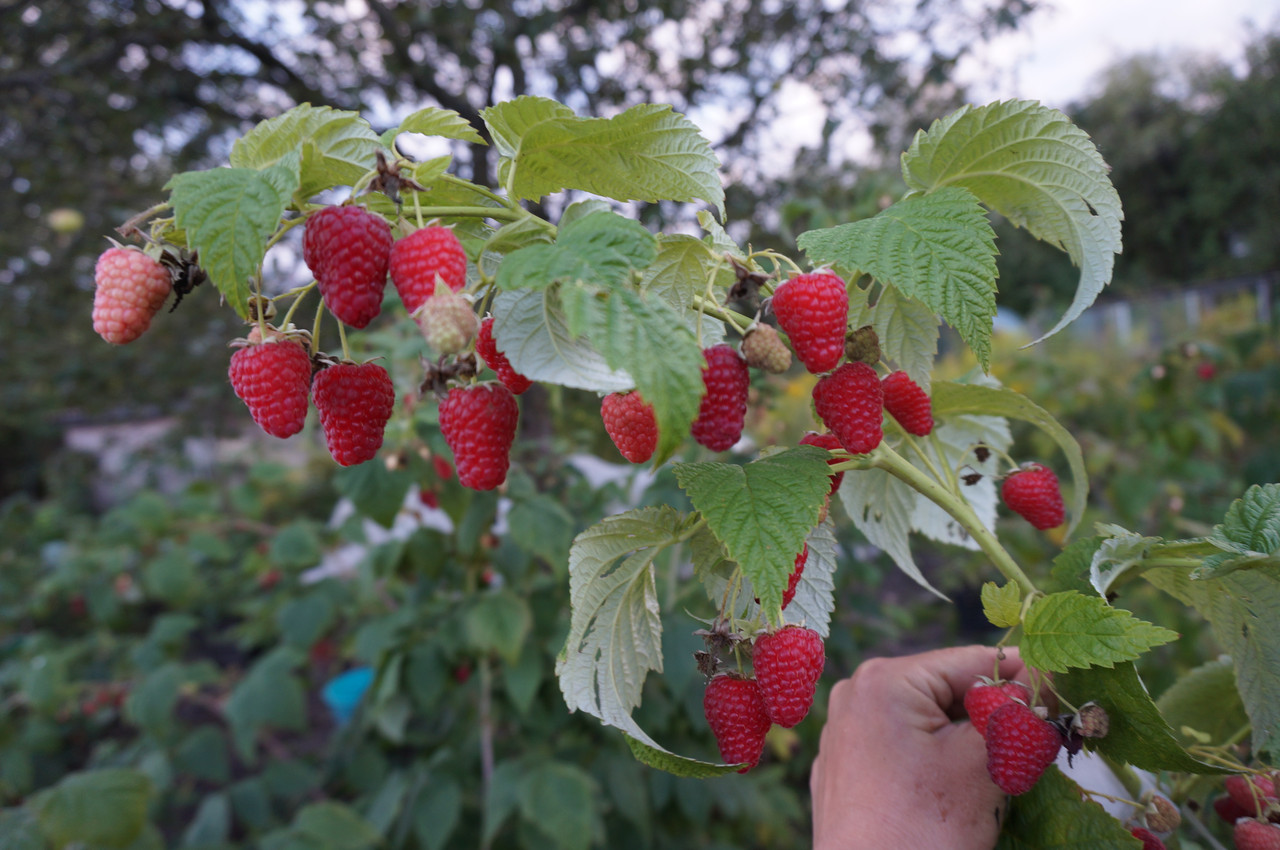Chrysanthemums are very beautiful flowers in various shades that can decorate various rooms. At home, they grow very well, without causing much trouble in their maintenance and care. These plants are quite unpretentious and tolerate a drop in temperature well. They do not fade for a long time in cut form, so they are often used in autumn bouquets. Many people think that chrysanthemums can only be grown by rooting a shoot or dividing a bush. However, this miracle can also be grown from seeds.
Description of the plant
Chrysanthemum is loved by many gardeners not only for its beautiful flowering, but also for the fact that it is one of the last to bloom and pleases the eye with its gorgeous appearance until the very cold weather. This flower in vivo found in China, North America, Asia and Europe... Chrysanthemum has many varieties, numbering about 150 pieces.
The cultivation of this flower occurs both at home and in the summer cottage. In the latter case, only two varieties are used:
- Korean;
- ground chrysanthemum.

It belongs to the Asteraceae family of Compositae. It begins to bloom in September and ends in a month, in October. Shrub height is from 30 to 110 cm... The higher it is, the more flowers are formed on it, and under favorable conditions, up to 100 inflorescences with a double or semi-double surface can appear. The branched roots of the plant can penetrate the soil to a depth of 20 cm.
For growing on personal plots, the following types of chrysanthemums are most often acquired:
- Alpine;
- Crowned;
- Keeled;
- Shrub;
- Chinese;
- Korean.
Hybrid varieties tolerate temperature extremes and bad weather much easier. They are less likely to be affected by pests and various diseases, and they differ in a long flowering period.
How to grow a chrysanthemum from seeds?
 Growing a flower from seeds does not require special conditions and does not take much time. Chrysanthemum is unpretentious and easily adapts to various environmental conditions. You need to know that not all types of such a plant are grown from seeds, but only Korean small-flowered and some annuals... All other species are obtained by cuttings or dividing the bush.
Growing a flower from seeds does not require special conditions and does not take much time. Chrysanthemum is unpretentious and easily adapts to various environmental conditions. You need to know that not all types of such a plant are grown from seeds, but only Korean small-flowered and some annuals... All other species are obtained by cuttings or dividing the bush.
The seeds of annual chrysanthemums can be sown directly into open ground. This is usually done in mid-May, flowering in this case will come only in autumn. In order to see flowers early, it is best to plant seedlings that quickly adapt to open ground. Seeds of perennial flowers are sown at the end of January. If the winter is too harsh, then this process is postponed to February.
Such flowers should be grown in light soil, which is prepared according to the following scheme:
- one part of humus;
- one piece of sand;
- two pieces of leafy land.
Growing chrysanthemums at home must be carried out in a container, on the bottom of which gravel, expanded clay or any other material acting as drainage is laid. Seeds of annual flowers are planted to a depth of no more than 1 cm... If the chrysanthemum is Korean, then in this case the seeds must be laid out on the surface.The emergence of sprouts should be expected in two weeks, and under favorable conditions this period is usually shortened.
Seedlings should be grown at an ambient temperature of +18 degrees. The soil must be constantly moist, so it must be systematically sprayed with a spray bottle so that it does not dry out. It is best to use warm and settled water. After the appearance of several true leaves, the plants begin to dive into separate containers.
Planting chrysanthemums in open ground
Growing a flower outdoors is quite simple, but you should still adhere to certain conditions.
Lighting
 Seedlings in open ground are transplanted at the beginning of summer, and in good weather conditions they do it a little earlier. In this case, you should focus on the temperature of the soil, which should warm up to +14 degrees. The area where chrysanthemums will grow should be well lit by sunlight... Since most varieties begin to bloom in the fall, the light regime is as natural as possible.
Seedlings in open ground are transplanted at the beginning of summer, and in good weather conditions they do it a little earlier. In this case, you should focus on the temperature of the soil, which should warm up to +14 degrees. The area where chrysanthemums will grow should be well lit by sunlight... Since most varieties begin to bloom in the fall, the light regime is as natural as possible.
If the chrysanthemum suffers from a lack of sun, then only flower buds begin to form, and with an excess of it, mainly axillary buds, stems and leaves will be laid. Thus, in order for the flower to develop normally, it needs a normal daylight hours.
Windless and flat area
The plant does not like drafts and wind, so it is best to grow chrysanthemums near the house or fence. Besides, for such flowers it is necessary to find a flat area... This is explained by the fact that in the lowland, due to melting snow, water will begin to drain and flood the chrysanthemum. This can also happen during rainy weather.
Care
After the seedlings are planted, it must be properly cared for. First of all, the chrysanthemum must be watered after planting. Lack of moisture will not allow the formation of flower buds, from which inflorescences subsequently grow. Excess moisture is not terrible for the plant, but too juicy shoots can freeze during autumn frosts.
Chrysanthemum care includes applying fertilizers to the soil, and in moderation. It is necessary to alternate feeding using mineral and organic fertilizers... First, nitrogen fertilizing is introduced, and during the laying of buds - phosphorus-potassium. In addition, you should regularly loosen the soil and remove weeds.
Diseases and pests
Chrysanthemums are usually not susceptible to serious diseases. Mostly they are affected by spider mites, but with the help of a soap solution it is easy to get rid of it. Instead of this, you can use the solution "Piterium"... Earth parasites should not be feared either. Aphids that can grow in the flowers themselves do no harm and can be easily washed off with water.
Thus, growing from seeds and caring for a chrysanthemum is a fairly simple matter. Some species can be grown both outdoors and at home. Adhering to certain recommendations, you can achieve a gorgeous flowering in the fall, which will delight the eye for a long time.


